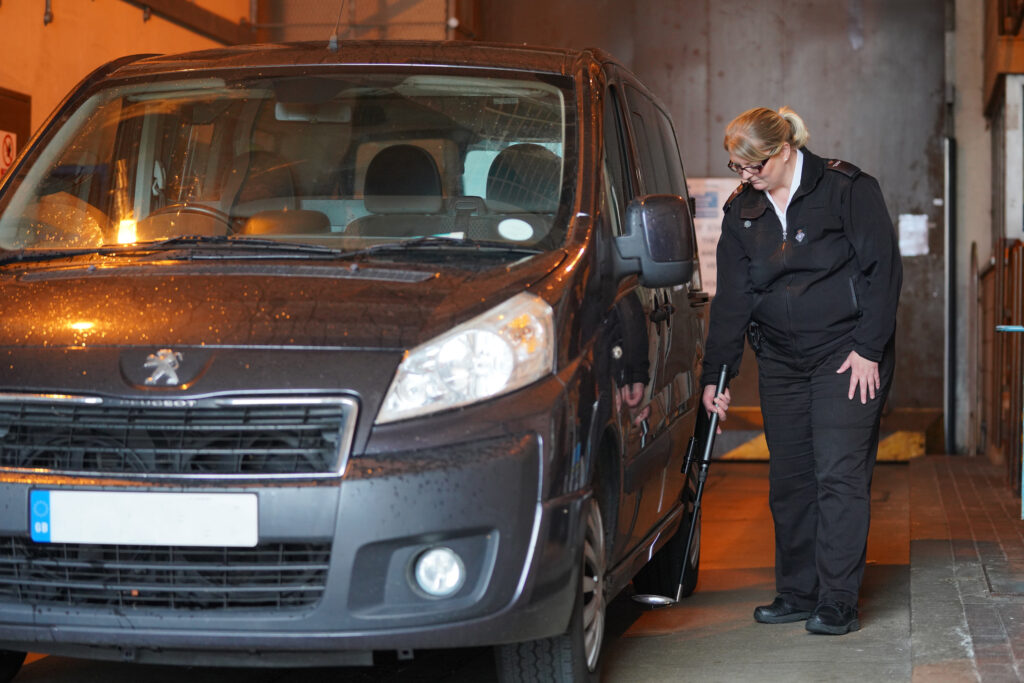We keep the public safe by holding prisoners securely. We give people in prison the support and education they need to prepare for a life without offending.
Facts about HM Prison Service
- 105 public prisons run by HMPPS in England and Wales
- Around 86,000 people currently in prison in England and Wales
- Around 22,000 prison officers and 5,000 operational support staff currently in post
Prisons in England and Wales
HM Prison Service runs 105 of the 122 prisons in England and Wales. The others are run by private companies.
There are men’s prisons, women’s prisons and Young Offender Institutions (YOIs).
Find out more about each prison in England and Wales (GOV.UK, opens in a new tab)
Every prison has its own unique environment. Some are based in the middle of a city, others are very remote. Some were built hundreds of years ago, others are brand new. Some can hold as many as 1600 prisoners, and others as few as 160.
As well as the many and varied environments, a typical day in each prison can also look very different.
All prisons have their own routine (known as a regime) that sets out:
- what time prisoners are locked and unlocked from their cells
- work and education times
- lunch and visiting times
- any time for exercise, leisure activities or making phone calls (known as association).
Different prisons offer different work and education opportunities for the people serving their sentence there.
Find out more about what prison life is like (GOV.UK, opens in a new tab)

Prison categories
In England and Wales, prisoners are categorised based on:
- risk of escape
- harm to the public, if they were to escape
- threat to the control and stability of a prison
Prison staff assess prisoners when they’re first sentenced, and also throughout their time in prison to identify if they’re still in the appropriate prison category.
Men’s prisons
These prisons are organised into 4 categories:
These are high security prisons. They house male prisoners who, if they were to escape, pose the most threat to the public, the police or national security.
These prisons are either local or training prisons.
Local prisons house prisoners that are taken directly from court in the local area (sentenced or on remand), and training prisons hold long-term and high-security prisoners.
These prisons are training and resettlement prisons. Most prisoners are located in a category C.
They provide prisoners with the opportunity to develop their own skills so they can find work and resettle back into the community on release.
These prisons have minimal security and allow eligible prisoners to spend most of their day away from the prison on licence to carry out work, education or for other resettlement purposes.
Open prisons only house prisoners that have been risk-assessed and deemed suitable for open conditions.
Women and young adults
Women and young adults are categorised and held in either closed conditions or open conditions, according to their risks and needs. Those who are considered high risk are categorised as ‘restricted status’, meaning they can only be held in a closed prison.
In exceptional cases, women and young adults may be held in a high security prison (category A).
Youth offenders
YOIs are prisons for those carrying out a sentence aged between 18 and 21.
The youth secure estate is for young people under the age of 18 who have been remanded or sentenced to custody by the courts.

Work in our prisons
Find out more about working as a prison officer at some of our prisons.
